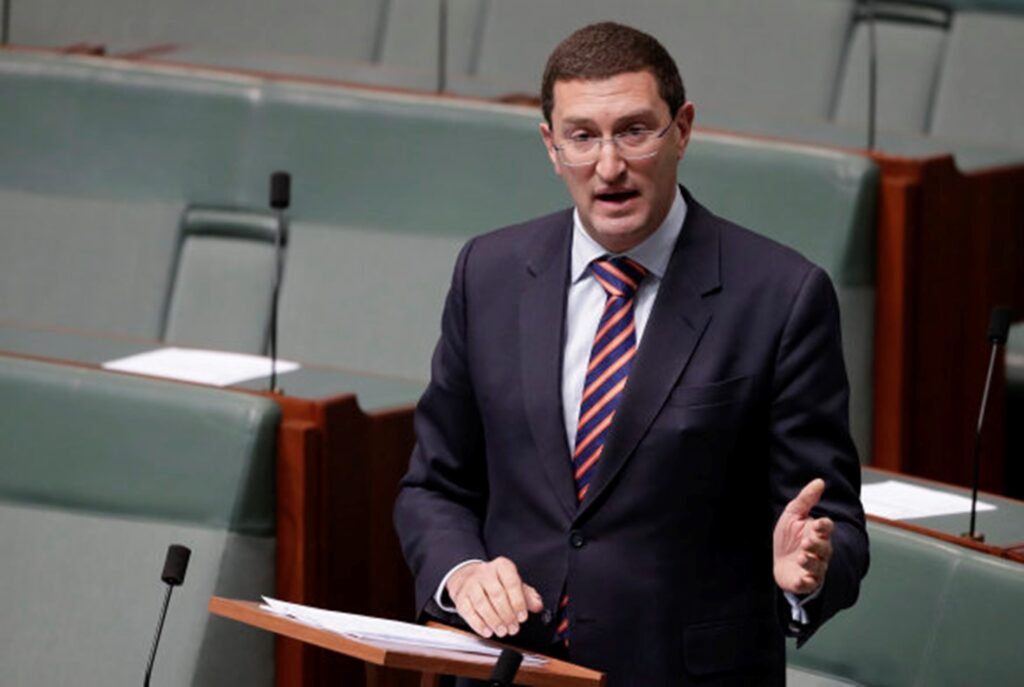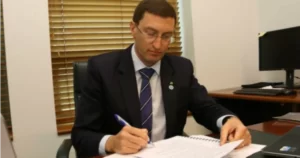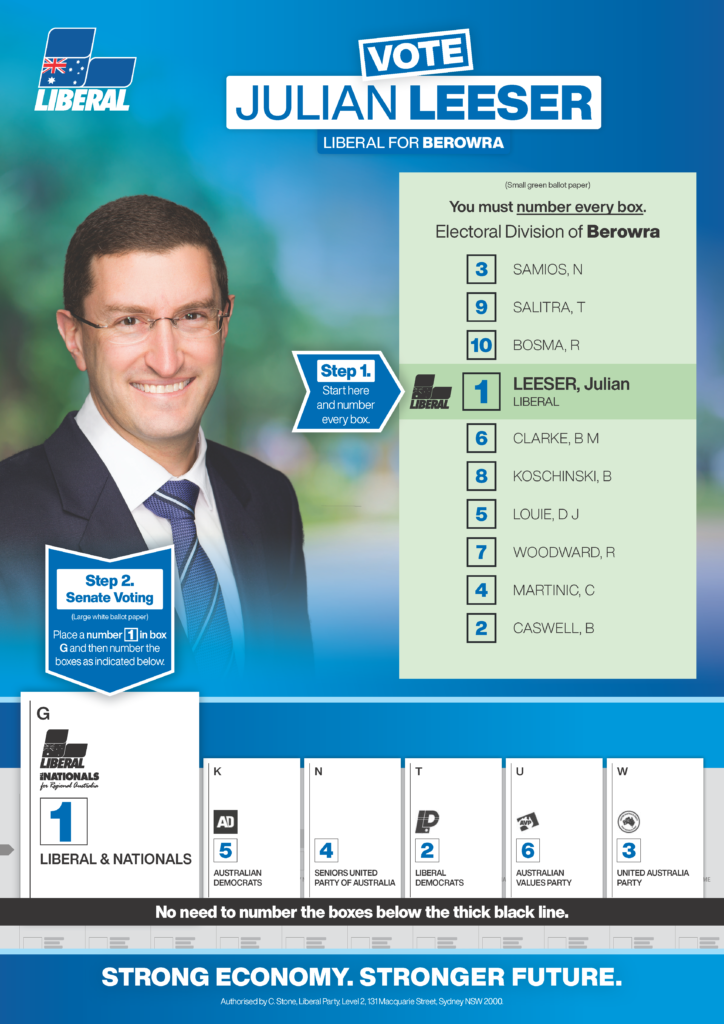15 February 2024
House of Representatives
I want to speak today about housing and taxes and some of the debates we’ve been having in and around this place.
Sadly, young Australians are finding it increasingly difficult to get into the housing market.
Housing is the first step on the pathway to economic security. That security is not delivered overnight, but the power of incremental saving and the benefits of financial leverage ensure that over time we grow our financial nest egg.
A home that’s ours adds to our own sense of place in the world. It provides for physical, financial and emotional security. We find ourselves having not only a place that we call home but a community around us as well.
ANZ, in its Housing Affordability Report, speaks of three measures that fully encapsulate housing affordability.
They are rents, housing values and interest rates.
Rents, along with income, are the major factors that determine how much you can put aside and save for a deposit.
Nationwide since the onset of the pandemic, rents have risen 28 per cent. Wages have risen nowhere near as fast as that. In the year to October 2023, rents increased 8.1 per cent. As of September last year, the proportion of income needed to service a new lease hit 31 per cent. It was 26.7 per cent at the onset of the pandemic. Renters are now being squeezed.
Nationally, if a renter rightly yearns for a place of their own, it takes 8.4 years to save for a deposit for a unit and 10.7 years to save for a deposit for a home.
In my own city of Sydney, it’s catastrophic.
It takes 9.4 years to save for a deposit for an apartment and a staggering 15.7 years to save for a house deposit. In 2020, the number of years needed to save for a house deposit was 13.3 years.
In other words, even with ferocious saving, it’s hard keeping up with the deposit required.
Of course, interest rates over this time have been going up and up. In 2020, nationwide, servicing an average new mortgage for a home required 30.3 per cent of your income. By October last year, that had risen to 49.5 per cent. In Sydney today, it is 72.2 per cent of income. In Sydney, key workers—our nurses, police, paramedics and teachers—are being priced out of the city.
The easiest thing to do in such a time is to find a scapegoat, and Labor and the Greens are arguing it’s Australians who own investment properties—as they’ve done for decades.
The big unions, who increasingly fund the Greens and who fund members opposite, want you to believe it’s existing owners who are the cause of this sudden collapse in housing affordability.
There’s a base reason for them to make this argument. They want to remove incentives for individuals, couples and families investing in property so that more money is invested in super, which they control. But the truth about property prices is more about the economics of supply and demand than anything else.
Let’s look at Sydney and Melbourne. Our two biggest cities have similar economies, similar skilled workforces and the same overarching tax system.
In 2010, the difference in median dwelling values between Sydney and Melbourne was $12,000. In October last year, that difference was $343,000.
That’s extraordinary!
What’s the difference? It’s the lack of supply in Sydney, lazy councils, arcane planning laws and green NIMBYs.
According to the New South Wales government’s 2022 property projections, New South Wales will need to house an additional 85,000 people every year for the next 20 years to deal with its growing population. That’s an additional 904,000 homes or 45,200 homes per year.
Yet, despite the Minns government signing up with the Albanese government to the housing target of 75,000 new dwellings a year, even they are admitting they won’t make half that target.
This week, the matter was raised in estimates, and, when questioned about the New South Wales government admitting they would only meet half of the housing commitment, the response was, ‘That’s a matter for them.’
No; it’s not.
It’s a matter for all of us, because housing supply will not keep up with population growth in the coming years. So the housing vice, in terms of rents and housing prices, will keep tightening for young people in Sydney.
We need more housing. We also need more parks, more schools and more transport links so that our suburbs are livable and that their character is in keeping with their history and meets the needs of residents.
In this debate, the problem is not investors, who are mostly mums and dads putting aside for their futures. The problems are supply and demand and state taxes driving up prices.
The answer to our housing crisis isn’t more taxes; it’s fewer.
That’s the difference between the Coalition and the Labor Party.
Labor are laying the ground work to break their word again and raise taxes by going after negative gearing.
Don’t believe them when they use their old line, ‘The government has no plans,’ because we all know that they do.
We need a real debate on housing in this country—one that’s focused on supply, demand, housing laws and state government taxes and charges.




